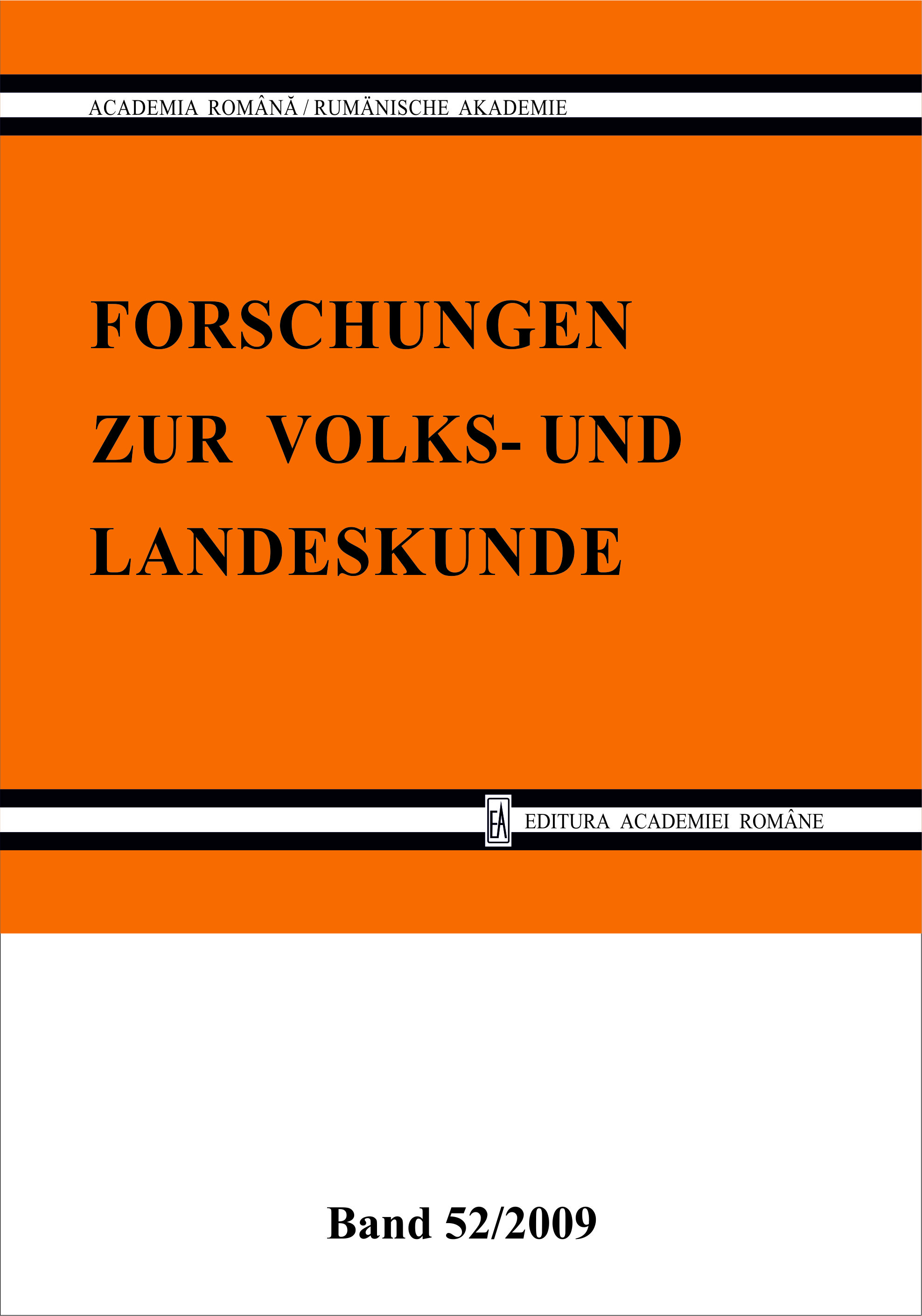Hermannstadt/Sibiu - ein Zentrum naturwissenschaftlicher Forschung im ausgehenden 18. Jahrhundert
Sibiu - a Centre of Scientific Research in the Late 18th Century
Author(s): Erika SchneiderSubject(s): Cultural history
Published by: Editura Academiei Române
Keywords: Enlightenment; natural sciences; Carl Linné; freemasons; botanical and mineralogical research Enlightenment; natural sciences; Carl Linné; freemasons; botanical and mineralogical research
Summary/Abstract: The present paper gives a survey on the development and flowering of scientific research in Sibiu/Hermannstadt against the background of and closely related to the boom of natural sciences that took place in Central and Western Europe in the second half of the 18th century. This boom was characterized by both the mindset of the Enlightenment era and the epoch-making works of the Swedish savant Carl Linné. However, the flowering of natural sciences must not only be understood in the context of the developments occurring in Central and Western Europe, but also in close connection to the social and political circumstances of that time, considering the particular situation of Transsylvania and its integration in the Habsburg Monarchy. The official interest in the country’s natural resources thus led to an intensive preoccupation with mineralogy, attracting also scientists from all over Europe to Transsylvania. The main impacts were released by Transsylvanian scientists who studied at Central and Western European universities and brought the spirit of the Enlightenment to their home country. Besides the works of Linné, the freemasons also released new impacts to the Enlightenment and the natural sciences and brought new ideas to Hermannstadt/Sibiu, the capital city of that time. This is why above all mineralogy and botany studies were major centres of interest of the Hermannstadt Masonic Lodge. The Governor of that time, Samuel von Brukenthal, played a crucial role in this, as he encouraged and supported the efforts of natural science in a way that the last two decades of the 18th century resulted in a period of prosperity for both botanical and mineralogical research.
Journal: Forschungen zur Volks- und Landeskunde
- Issue Year: 2009
- Issue No: 52
- Page Range: 65-76
- Page Count: 12
- Language: German
- Content File-PDF

